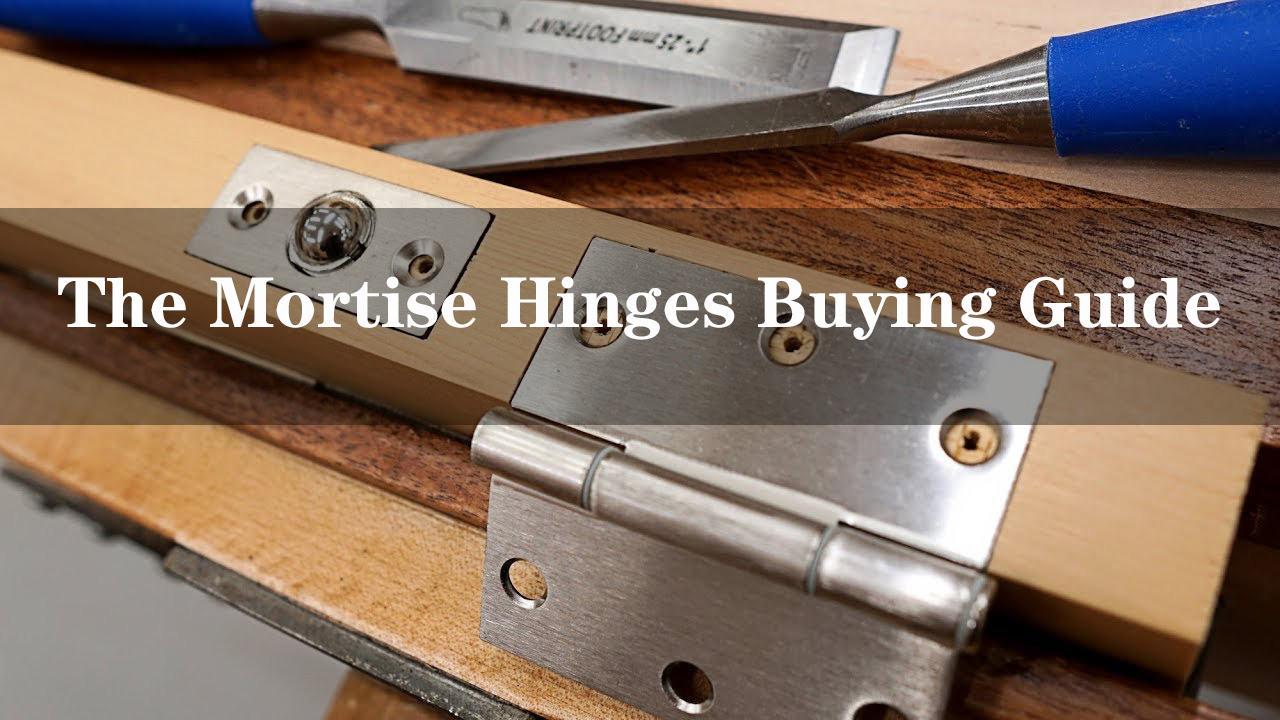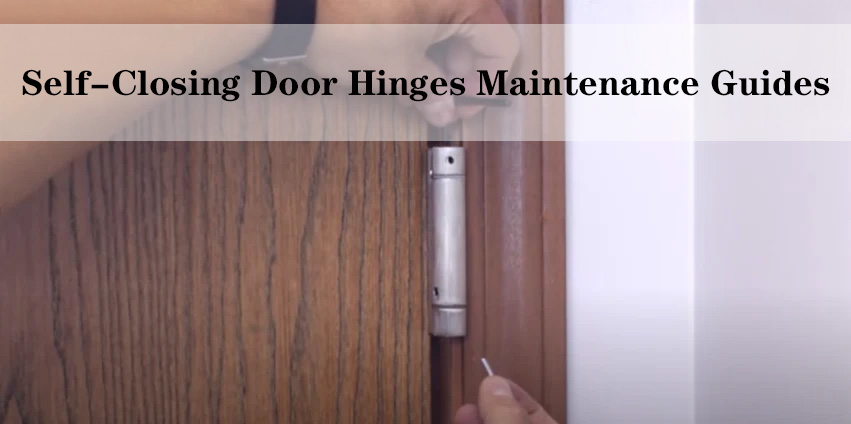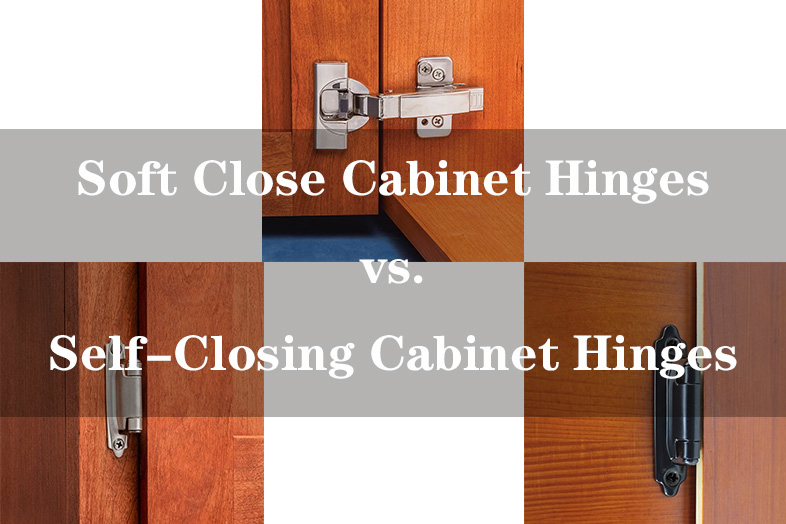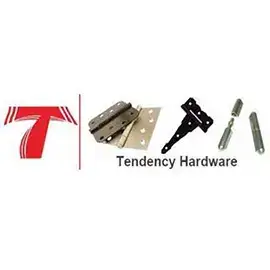Gold hinges are a luxurious and elegant addition to any piece of furniture or cabinetry. They exude opulence and can instantly elevate the aesthetic appeal of a room. However, like any other hardware component, gold hinges are not immune to problems. In this comprehensive guide, we will explore the common issues that may arise with gold hinges and provide practical solutions to address them.
Understanding Gold Hinges
Before delving into the common issues and solutions, let’s first understand what gold hinges are and why they are so popular. Gold hinges are essentially hinges made from brass, steel, or other metals, coated with a layer of gold. This gold plating gives the hinges their distinctive appearance, characterized by a shiny, reflective surface that complements various design styles, from traditional to contemporary.
The Versatility of Gold Hinges
One of the reasons for the enduring popularity of gold hinges is their remarkable versatility. These exquisite hardware components seamlessly integrate into a wide range of design styles, from the timeless elegance of traditional interiors to the sleek and modern aesthetics of contemporary spaces. Let’s take a closer look at where gold hinges commonly find their place:
1. Cabinets: Enhancing Kitchen and Bathroom Elegance
Gold hinges frequently grace the doors of cabinets, particularly in the heart of the home – the kitchen. Within this culinary domain, they add a touch of opulence to cabinetry, transforming ordinary storage into exquisite displays of craftsmanship. Imagine rich, wooden kitchen cabinets, adorned with gold hinges, exuding warmth and sophistication. In bathrooms, gold hinges continue to shine, complementing the luxurious ambience of spa-like retreats.
2. Furniture: Elevating the Beauty of Pieces
Gold hinges are not limited to the realm of cabinetry; they are equally at home in the world of furniture. From the stately presence of armoires to the functional grace of dressers, and the allure of display cabinets, these hinges elevate the beauty of furniture pieces to another level. The glistening accents of gold effortlessly draw the eye, transforming furniture into focal points of interior design.
3. Doors: The Entryway to Luxury
In high-end homes and luxury establishments, gold hinges are often chosen to adorn interior and exterior doors. An entrance graced with gold hinges immediately sets the tone for what lies beyond. Whether it’s the grandeur of an ornate front door or the subtle sophistication of interior doors, gold hinges make a statement about the space they guard.
4. Decorative Boxes: Protecting Precious Treasures
Gold hinges also find their way into smaller, but no less significant, pieces of craftsmanship – decorative boxes. These boxes, designed to hold precious items like jewelry or cigars, benefit from the added touch of luxury that gold hinges provide. Opening such a box becomes a ritual, an experience marked by the shimmer and shine of these exquisite hinges.
Now that we have a better understanding of what gold hinges are, let’s move on to the common issues that may arise with them and how to resolve these problems.
Common Issues and Solutions of Gold Hinges

1. Tarnishing
Issue: Over time, the gold plating on hinges can tarnish, leading to a dull and discolored appearance. This is especially common in areas with high humidity or if the hinges come into contact with corrosive substances.
Solution: To address tarnishing, you can follow these steps:
Regular Cleaning
Cleaning the hinges with a mild detergent and warm water using a soft cloth can help remove dirt and grime. Avoid abrasive cleaners or brushes that could scratch the surface.
Polishing
Use a specialized gold polish to restore the shine. Be sure to follow the manufacturer’s instructions carefully to avoid damaging the plating.
Protective Coating
Applying a clear lacquer or protective coating can act as a barrier between the hinge and environmental factors, preventing further tarnishing.
2. Loose or Wobbly Hinges
Issue: Over time, hinges can become loose, causing doors or cabinet doors to wobble or not close properly.
Solution: To address loose or wobbly hinges, consider the following:
Tighten Screws
Check the screws attaching the hinge to the door or cabinet and tighten them as needed. Ensure you use the appropriate screwdriver or drill bit to avoid stripping the screws.
Replace Screws
If the screws are stripped or damaged, replace them with new ones of the same size and type for a secure fit.
Reinforce with Wood Filler
If the screw holes in the wood are worn or stripped, you can use wood filler to rebuild the hole and then reattach the hinge, providing a solid anchor point.
3. Squeaking Hinges
Issue: Squeaking hinges can be annoying and disrupt the tranquility of a room.
Solution: To address squeaking hinges, try the following:
Lubricate
Apply a lubricant specifically designed for hinges, such as silicone or graphite-based lubricants, to the pivot points of the hinge. This will reduce friction and eliminate the squeaking noise.
Tighten Screws
Loose screws can contribute to squeaking. Ensure all screws are snugly tightened to maintain stability.
Replace Hinges
If the hinge continues to squeak despite lubrication and tightening, it may be time to replace it with a new one for improved functionality.
4. Hinge Misalignment
Issue: Hinges that are not properly aligned can cause doors or cabinet doors to sit unevenly or not close properly.
Solution: To address hinge misalignment, follow these steps:
Adjust Hinges
Loosen the hinge screws slightly and adjust the hinge to the desired position. Ensure the hinge is level and properly aligned before retightening the screws for a seamless fit.
Shim the Hinge
If the hinge is misaligned due to an uneven surface, you can use thin shims or cardboard to level it, ensuring that the door or cabinet door closes correctly.
5. Hinge Corrosion

Issue: Hinges in damp or coastal environments can be prone to corrosion, which can weaken the hinge structure.
Solution: To address hinge corrosion, take the following actions:
Regular Maintenance
Clean and inspect the hinges regularly, especially in humid or coastal areas, to identify corrosion early.
Rust Remover
If you notice signs of corrosion, use a rust remover and a wire brush to clean the affected areas thoroughly. After cleaning, apply a rust-inhibiting paint or primer to prevent further corrosion.
Consider Stainless Steel
If corrosion is a recurring issue, consider replacing the gold hinges with stainless steel hinges. Stainless steel is highly resistant to rust and corrosion, ensuring long-term durability.
6. Hinge Paint Chipping
Issue: The gold plating on hinges can sometimes chip or wear off, exposing the underlying metal.
Solution: To address hinge paint chipping, consider the following options:
Touch-Up Paint
Use a touch-up paint specifically designed for metal surfaces to cover any chipped or worn areas, restoring the hinge’s appearance.
Replacement
If the chipping is extensive and compromises the aesthetics, consider replacing the hinge or having it professionally refinished for a flawless look.
Maintenance Tips for Gold Hinges
To prevent these common issues and extend the lifespan of your gold hinges, consider these maintenance tips:
Regular Cleaning: Clean the hinges with a soft cloth and mild detergent as needed.
Avoid Harsh Chemicals: Do not use abrasive cleaners, bleach, or harsh chemicals on the hinges, as they can damage the gold plating.
Check Screws: Periodically check the screws to ensure they are tight.
Lubricate: Apply hinge lubricant as part of routine maintenance to prevent squeaking.

Inspect for Corrosion: In coastal or humid areas, inspect for corrosion regularly and address it promptly.
Protective Coating: Consider applying a clear lacquer or protective coating to your gold hinges to prevent tarnishing.
Replace When Necessary: If hinges are extensively damaged or cannot be repaired, don’t hesitate to replace them.
In Conclusion
Gold hinges are a beautiful addition to any piece of furniture or cabinetry, but like all hardware components, they require maintenance and care to ensure their longevity and functionality. By understanding the common issues associated with gold hinges and implementing the suggested solutions and maintenance tips, you can enjoy the elegance and durability of these exquisite hinges for years to come.























